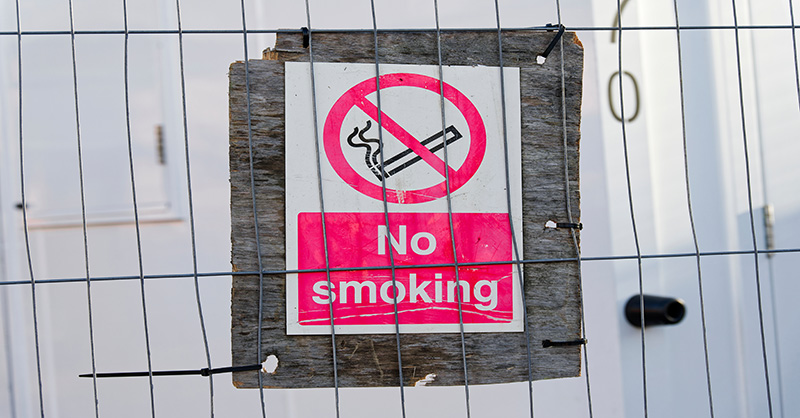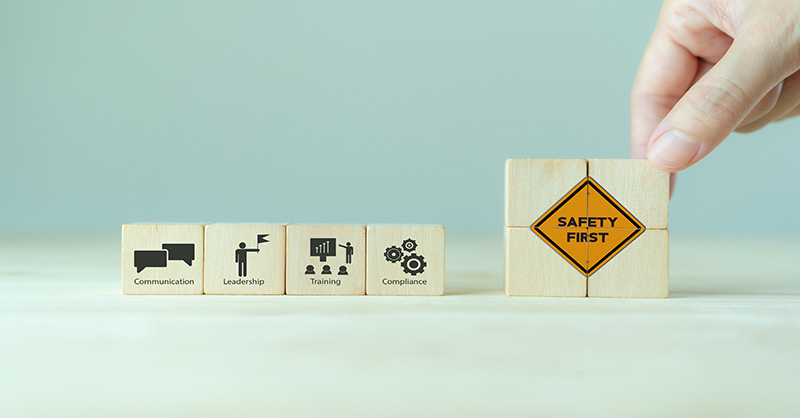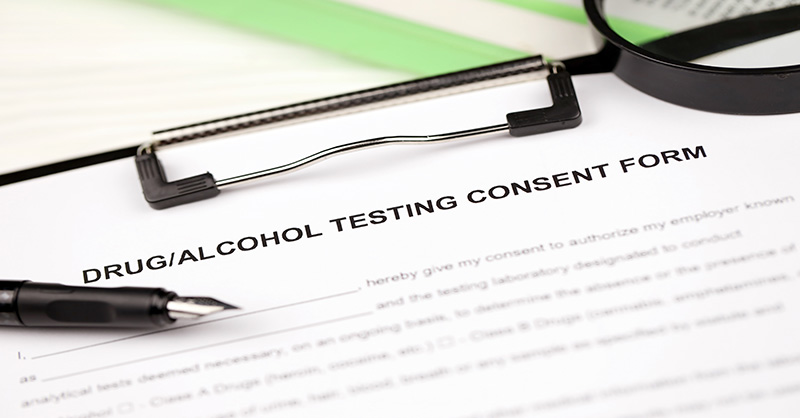Understanding and Preventing Child Abuse at Public Entities

The U.S. Centers for Disease Control and Prevention (CDC) defines child abuse and neglect as, “all types of abuse and neglect of a child under the age of 18 by a parent, caregiver, or another person in a custodial role that results in harm, the potential for harm, or threat of harm to a child.” This can include physical abuse, sexual abuse, emotional abuse and neglect. In many cases, there is a co-occurrence involving more than one of these types of maltreatment.
The Children’s Bureau of the U.S. Department of Health & Human Services analyzes data from the National Child Abuse and Neglect Data System (NCANDS). This federally sponsored program collects information submitted through mandatory reporting laws in all 50 states. According to their most recent annual report from 2022, there were 558,899 victims of child abuse, including 1,990 fatalities.
Child abuse is not only a domestic problem. The World Health Organization (WHO) found that one in five women and one in 13 men report having been sexually abused as a child under 18 years old.
How Public Entities are Impacted
While child abuse occurs predominantly in the home, it is also a pervasive issue in public institutions, so prevention efforts are needed in schools, libraries, rec centers, camps, and other public institutions supporting youth. In about 15% of U.S. cases in 2022, the perpetrators were relatives, unmarried partners of the parent(s), or others, which could include the following:
- Non-related adults
- Non-related children
- Foster siblings
- Babysitters
- Household staff
- Clergy
- School personnel
Perpetrators can use public entities to find vulnerable victims and establish relationships to gain trust with the goal of coercion. In a behavior commonly referred to as “sexual grooming,” child abusers manipulate their position to gain the access, control, and privacy that is sought to inflict abuse. This deception often includes the adults surrounding the victims.
Reviver Statutes and Other Important Laws to Understand
Unfortunately, the statistics above only account for reported incidents. For a multitude of reasons, many victims of child abuse do not report incidents until years later, or incidents may never be reported.
In the past decade, there have been efforts to expand the ability to report child abuse through reviver statutes, which are state legislations that allow adult survivors of childhood abuse regardless of age to bring forward civil claims after the statute of limitations has passed. To date, reviver statutes have been enacted in over 30 states, with one prominent recent example being New York’s Adult Survivors Act.
Reviver statutes have typically established a period of one to two years for filing complaints. However, the Maryland Child Victims Act of 2023 abolished the statute of limitations entirely, meaning there is no time restriction on when victims can report the abuse.
While the effects of these amendments are still being understood as more states enact them, the number of cases brought forward that were previously not permitted has increased, and thus, so has public awareness of the impact on our society.
Learn How to Plan, Protect and Respond to Abuse
Schools and other public entities that regularly take care of children should make sure their leaders are informed and prepared with policies, procedures and training. Knowing how to detect and react to suspicious behavior can help provide safeguards for an organization and minimize fallout from incidents.
Great American also has a relationship with STOPit, which is an organization that has reporting mechanisms in place for schools to monitor and review accusations of inappropriate behavior before significant harm occurs. Learn more about STOPit and its collaboration with Great American.














